Contact
Users are strongly encouraged to contact the UEC or the individual members, as appropriate, with any concerns or inquiries regarding opportunities to improve the user experience and enhance scientific capabilities, or any of the following:
- disputes involving allocation of beam time,
- Beam Teams and potential membership,
- concerns over CLS policies and procedures (including health and safety),
- suggestions for targeted workshops, user training, seminars, summer schools, and the CLS education program, or
- nominations for recipients for UEC Awards.
Membership
Meet the UEC
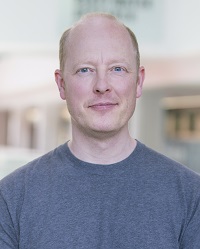
Mark Daymond Queen's University
UEC Chair
Advanced Materials
Mark Daymond is a Professor in the Dept. of Mechanical and Materials Engineering at Queen’s University, a Tier 1 Canada Research Chair in Mechanics of Materials and the NSERC/UNENE Industrial Research Chair in Nuclear Materials. His research looks at how structural materials, particularly metals, deform and fail. He uses high energy x-rays as a probe to study internal stresses, dislocation structure evolution, phase transformations as well as the impact of irradiation fields. As well as more than two decades of synchrotron user experience, he worked as a beamline scientist at the ISIS Pulsed Neutron facility in the UK.
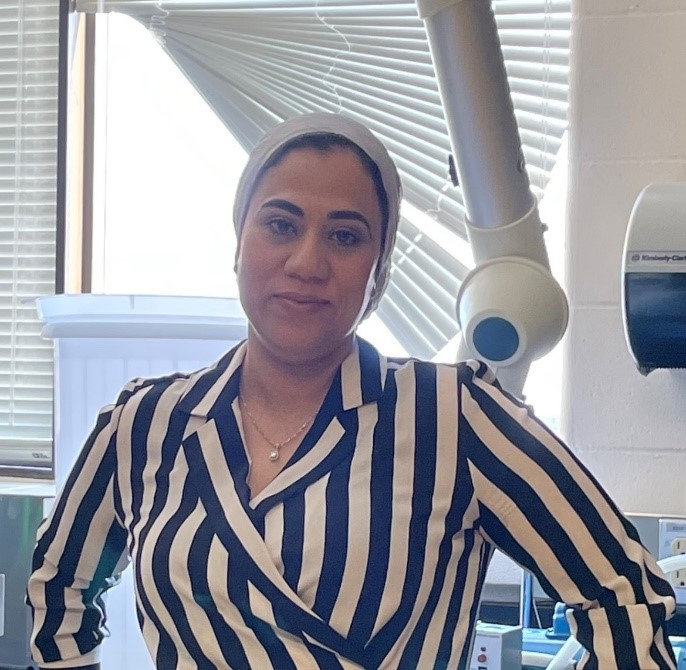
Amira Abdelrasoul University of Saskatchewan
Health
Dr. Amira Abdelrasoul, PhD, PEng, is an Associate Professor in the Department of Chemical and Biological Engineering and the Division of Biomedical Engineering at the University of Saskatchewan in Canada. She is the Principal Investigator and leader of the Hemodialysis Membrane Science and Technology Laboratory at USask. Her interdisciplinary research program focuses on solving existing hemodialysis system problems to decrease the unacceptably high morbidity and mortality rates and increase the quality of life for kidney failure patients. In 2022, she was selected to receive the Young Investigator Excellence Award from the Canadian Light Source in Canada. Additionally, in the same year, she was recognized by the journal Chemical Engineering Research and Design as one of 18 outstanding women chemical engineering researchers across the globe. The primary synchrotron technique she uses at CLS is the Biomedical Imaging and Therapy Facility (BMIT) beamline.
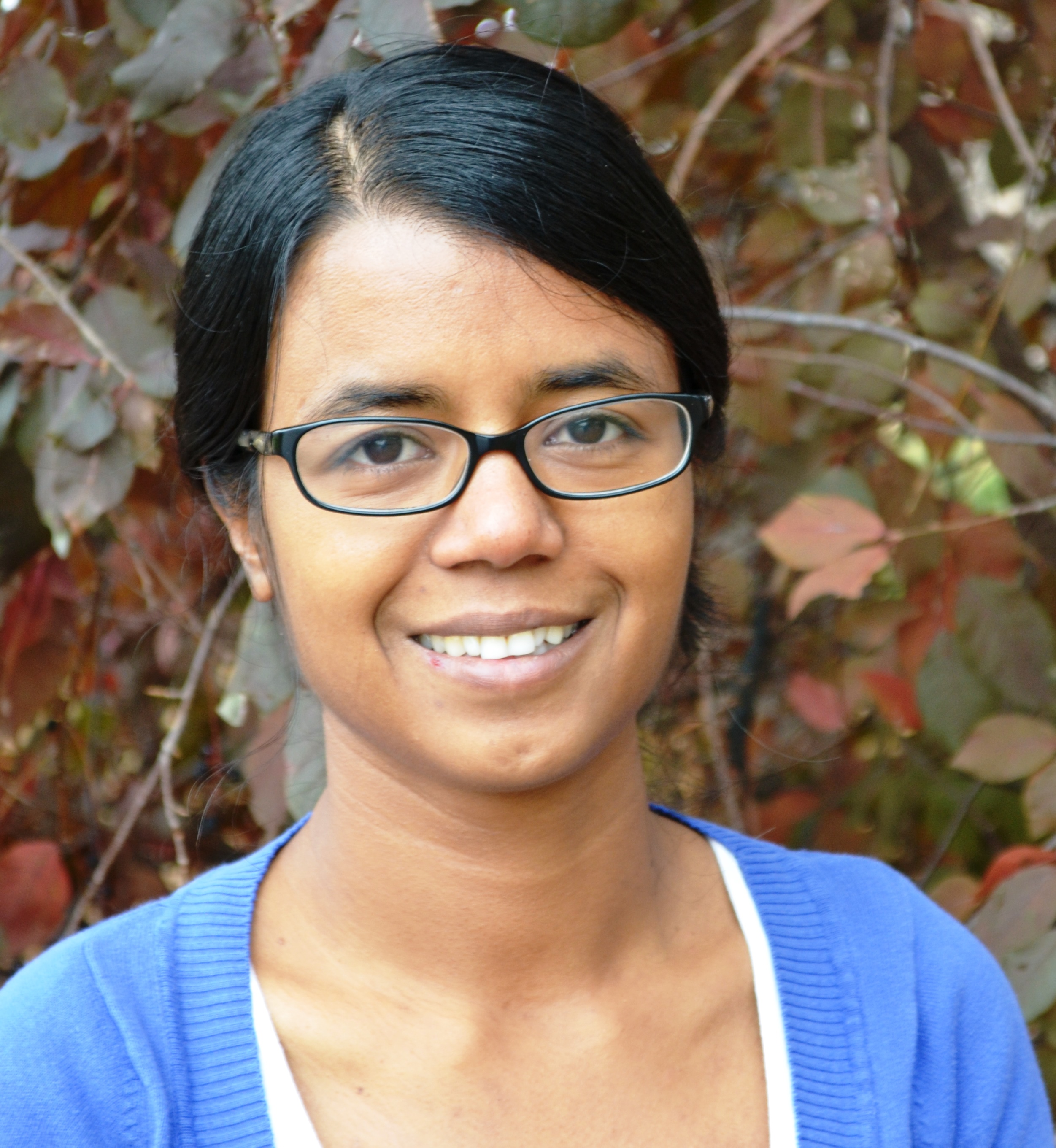
Fardausi (Shathi) Akhter Agriculture and Agri-Food Canada
Agriculture Environment
Shathi Akhter is a Research Scientist at the Agriculture and Agri-Food Canada. She leads an agro-ecosystems program based in AAFCs Indian Head Research Farm, Saskatchewan. Her research focuses on developing farm-level management practices that support natural climate solutions in agricultural lands and help producers increase (i) crop yield & quality and (ii) biodiversity & other ecosystem services. The primary synchrotron techniques she uses are X-ray fluorescence (XRF), X-ray absorption near-edge structure (XANES), and X-ray absorption fine structure (XAFS).
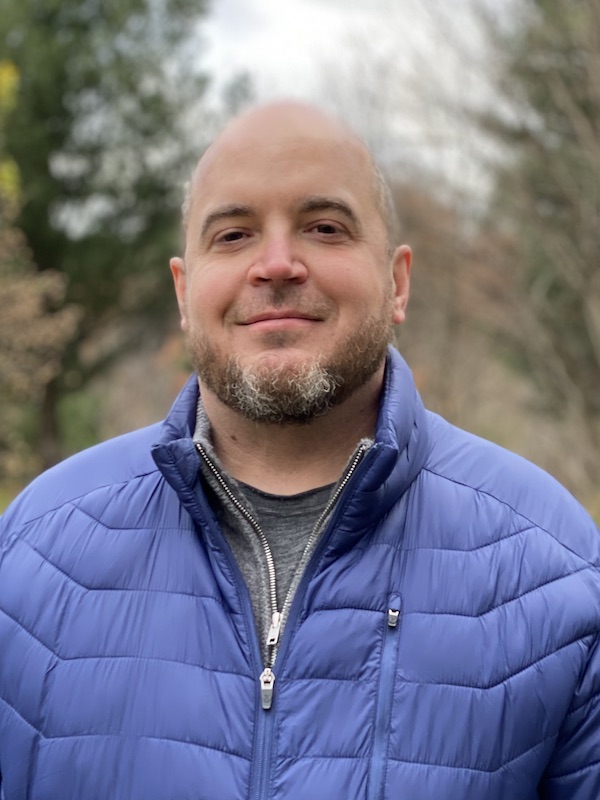
John-Paul Bacik Associated Universities Inc.
Health Industry
John-Paul Bacik is a member of the Industrial Macromolecular Crystallography Association Collaborative Access Team (IMCA-CAT) that is managed by Associated Universities Inc. at the Advanced Photon Source in Lemont, Illinois. His research interests include protein crystallography and structure-based drug discovery and development. John works closely with many of the world's largest pharmaceutical companies at the IMCA-CAT beamline, and also coordinates data collection at other synchrotron facilities around the world, including the Canadian Light Source CMCF beamlines.
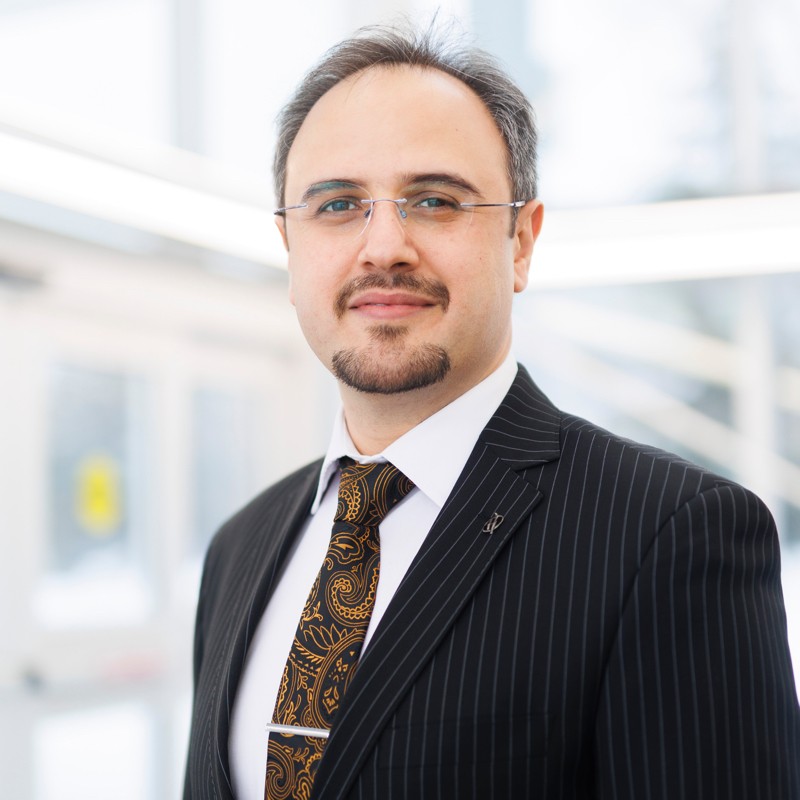
Amin Babaei-Ghazvini University of Saskatchewan
Environment Advanced Materials
Motivated to delve deeper into the world of bioplastics and biobased materials, Amin joined the Department of Chemical Engineering at the University of Saskatchewan (Usask) for his Ph.D. research and Postdoctoral. Also, he is a faculty member of St. Peter’s College of Usask. His doctoral work centered around exploring the applications of cellulose nanocrystals (CNCs) in nanocomposites, with a specific focus on the development of bioplastics. His research contributions in this area have led to prestigious Madan Gupta Ph.D. award as the most outstanding Ph.D. thesis of the college of engineering in 2023, several notable publications and conference presentations, solidifying his expertise in the field of biodegradable nanocomposites.
During his Ph.D., Amin made significant strides in the field of biodegradable materials by developing a remarkable innovation known as ChiralGlitter. Leveraging his expertise in CNCs, he successfully engineered a biodegradable glitter that offers a sustainable alternative to conventional plastic-based colours. His passion for sustainability and innovation led him to develop a unique product that addresses the environmental concerns associated with traditional glitter.
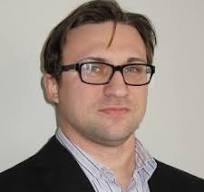
Michal Boniecki University of Saskatchewan
Health
Michal Boniecki is a Professional Affiliate in the Dept. of Biochemistry, Microbiology and Immunology at the CoM, University of Saskatchewan. Trained in tRNA and RNA biochemistry, he switched to protein crystallography at the University of Illinois at Urbana-Champaign and was visiting APS for his research. He became manager of Protein Characterization and Crystallization Facility (PCCF) located on University of Saskatchewan campus and is using CMCF beamlines for his projects.
Ian Burgess University of Saskatchewan
Scientific Advisory Committee Representative
Advanced Materials
Ian Burgess is a member of the Department of Chemistry at the University of Saskatchewan. His research interests include spectroelectrochemistry using synchrotron radiation. He is the Beamteam Leader of the CLS Mid-IR beamline, past Users' Executive Committee Chair, was a member of the former User Advisory Committee, and is currently the Scientific Advisory Committee member on the UEC.
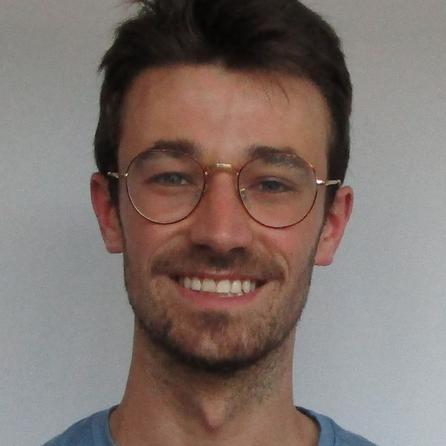
Jérôme Ducret Polytechnique Montréal
Graduate Student Representative
Environment
Jérôme Ducret is a PhD student at Polytechnique Montreal under the supervision of Professor Benoit Barbeau. He is working on environmental engineering specially on biological groundwater treatment. He is interested in various projects involving inorganic contaminants regularly found in Canadian groundwater (Mn, Fe, hardness, etc.), ranging from well management to the control of inorganic compounds in the network. He uses synchrotron techniques (XANES and EXAFS) to characterize inorganic oxides.
Robert Green University of Saskatchewan
Past Chair
Advanced Materials
Robert Green is an Assistant Professor in the Department of Physics and Engineering Physics at the University of Saskatchewan. He is also an Affiliate Assistant Professor at the Stewart Blusson Quantum Matter Institute at the University of British Columbia. He studies quantum materials using various x-ray spectroscopy and scattering techniques at the CLS.
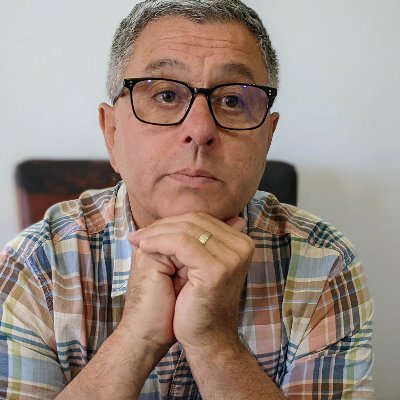
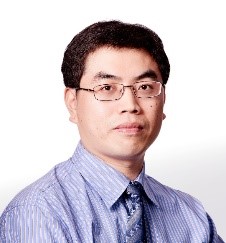
Shuhui Sun Institut National de la Recherche Scientifique (INRS)
Advanced Materials Environment
Dr. Shuhui Sun is a full professor at the Institut National de la Recherche Scientifique (INRS), center for Energy, Materials, and Telecommunications (Montreal, Canada). He is a member of the Royal Society of Canada’s College of New Scholars, Vice President of the International Academy of Electrochemical Energy Science (IAOEES). His research interests focus on advanced nanomaterials synthesis, characterization and their applications for next-generation clean energy and environmental devices, including fuel cells, batteries, green H2, CO2 reduction, and water treatment. He primarily uses XAS, XRF, XES and imaging facilities at CLS. He has published over 260 peer-reviewed journal articles, edited 3 books and 15 book chapters. He serves as the Executive Editor-in-Chief of Electrochemical Energy Reviews, and the editorial board member of 10 journals related to nanotechnology and sustainable energy.
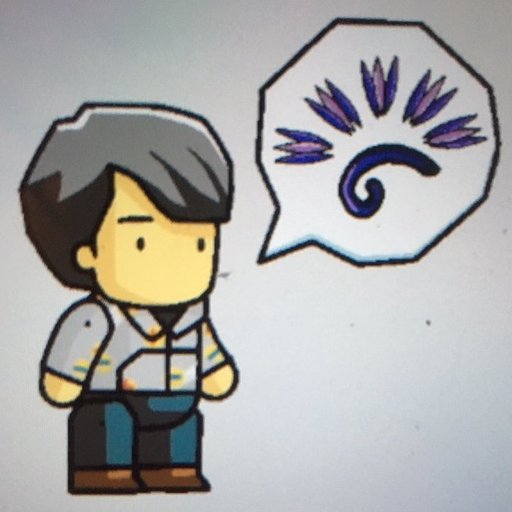
Robert Blyth Canadian Light Source
CLS Representative
Robert Blyth is the Science Projects Manager at Canadian Light Source Inc., with responsibility for upgrades and additions to the experimental facilities. His remit includes scientific oversight of the CLS’ academic user and educational programs. Dr. Blyth’s scientific career has focused on novel materials, ranging from rare- earth metals to organic LEDs, with over 100 publications in that field. He has made extensive use of synchrotron facilities in his research, beginning with his PhD work at the UK’s Daresbury Laboratory in the 1980’s. Born into a British military family, Dr. Blyth received his PhD in Surface Physics from the University of Liverpool.
